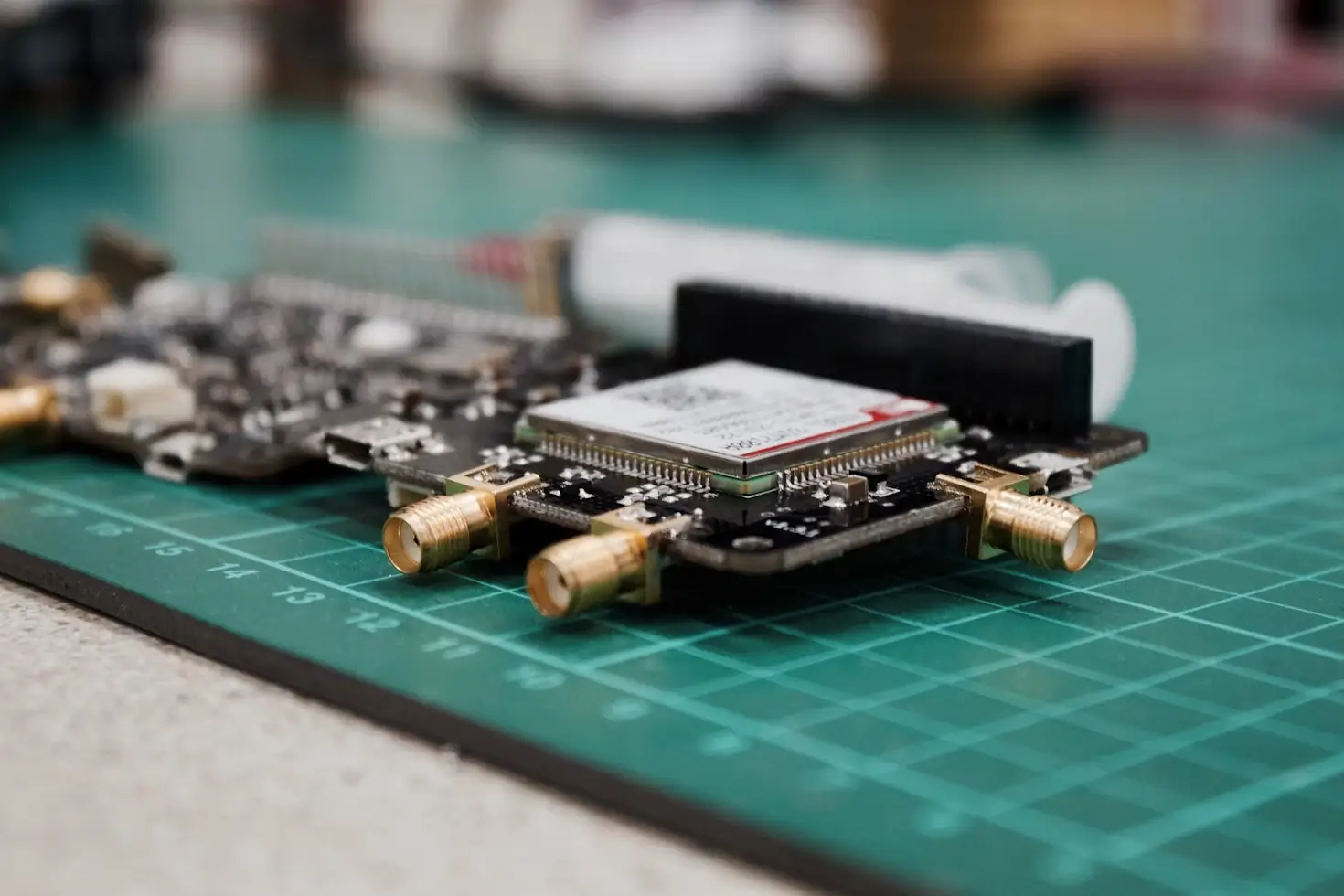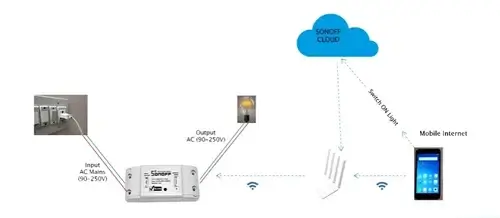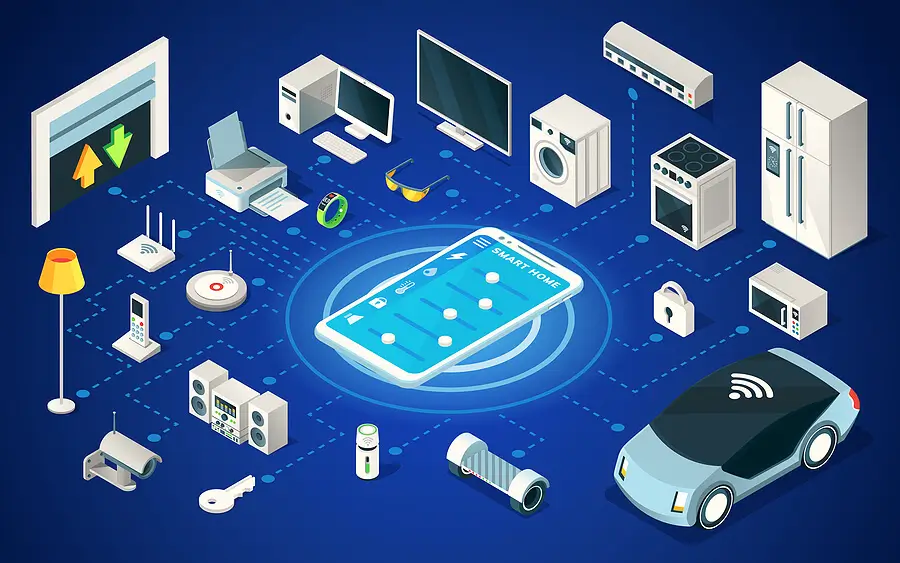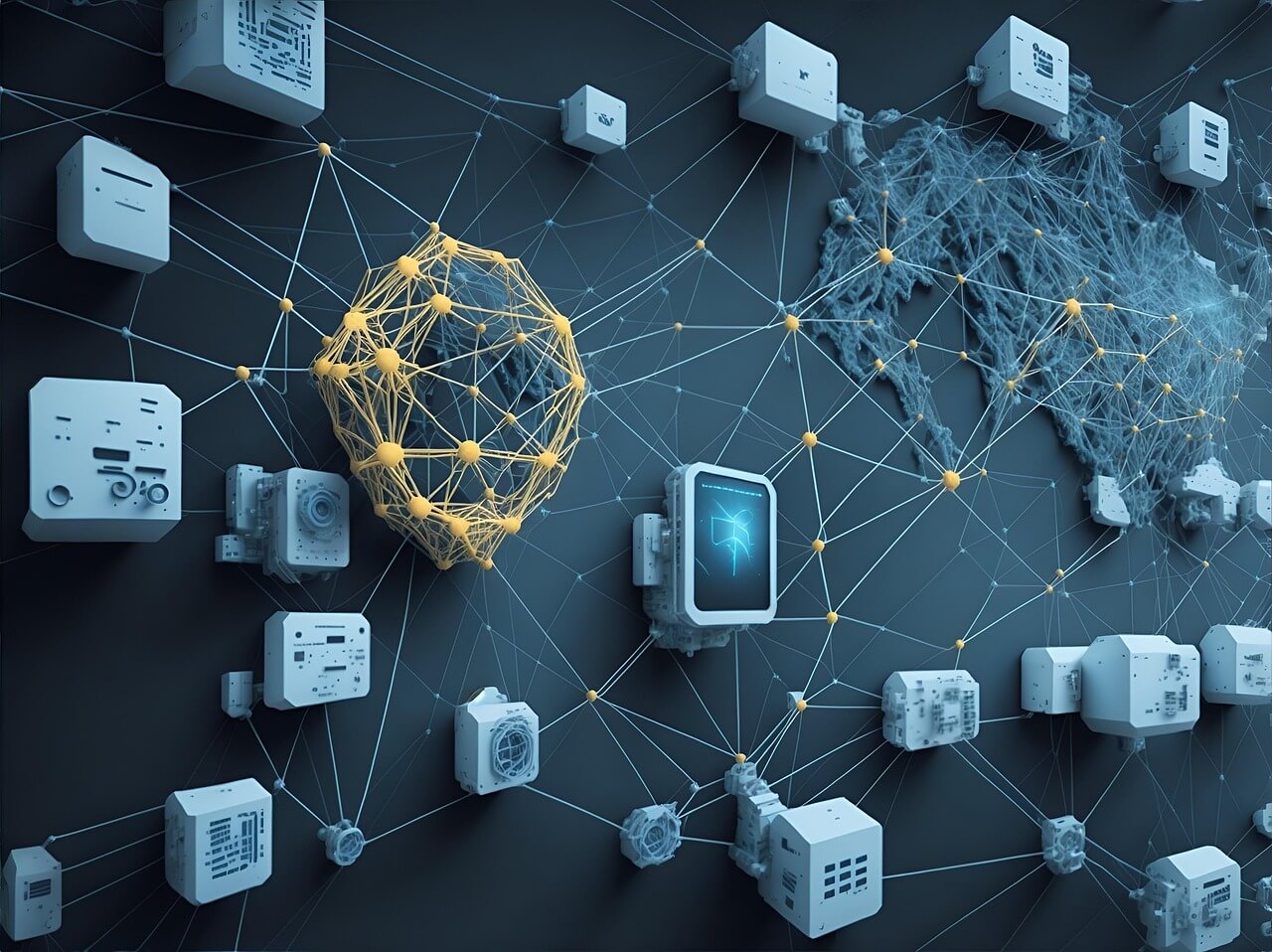The Internet of Things (IoT) is one of the most exciting and fast-growing technological developments of the 21st century. It is not just changing how we use devices—it’s redefining industries, lifestyles, and how we interact with the physical world. This guide will walk you through the essential basics of IoT, so even if you're new to the concept, you'll come away with a clear and confident understanding.
1. What Is the Internet of Things (IoT)?
At its core, the Internet of Things (IoT) is a network of physical objects embedded with sensors, software, and connectivity that enables them to gather, send, and act on data—often without human intervention. These devices, often referred to as “smart” devices, can range from a smartwatch that tracks your steps to industrial robots that monitor production lines.
2. Why Is It Called "Internet of Things"?
The term “Internet of Things” was coined in 1999 by Kevin Ashton. The idea was simple yet powerful: connecting objects (things) to the internet so they can communicate with people and other machines.
These "things" could include:
- Household appliances (smart bulbs, refrigerators)
- Wearable devices (fitness trackers, smartwatches)
- Cars (connected vehicles)
- Infrastructure (smart traffic lights, water meters)
- Machines in factories (IIoT)
3. Key Components of an IoT System
Understanding the building blocks of IoT is essential to grasp how it works. Here are the major components:
a) Sensors/Devices
Sensors collect data from their environment, such as temperature, motion, humidity, GPS location, or even facial recognition.
b) Connectivity
Collected data needs to be sent somewhere. IoT devices connect via:
- Wi-Fi
- Cellular (4G, 5G)
- Bluetooth
- Zigbee
- LoRaWAN
c) Data Processing
Once data is sent to the cloud or edge devices, it's processed using software or algorithms to make decisions or identify patterns.
d) User Interface
The end-user interacts with the system through apps or dashboards. You can monitor or control devices from anywhere.
4. Everyday Examples of IoT in Action
a) Smart Homes
- Lights that adjust automatically
- Voice-controlled thermostats
- Security cameras that alert you on your phone
b) Wearables
- Smartwatches monitor your heart rate and sleep
- Fitness trackers log steps and activity
c) Healthcare
- Remote patient monitoring devices
- Smart inhalers or pill dispensers
d) Agriculture
- Soil moisture sensors
- Automated irrigation based on weather and soil data
e) Retail
- Smart shelves in stores that track inventory
- Personalized marketing via beacons
5. Benefits of IoT
IoT offers a wide range of benefits across personal, business, and industrial domains:
- Efficiency: Automates repetitive tasks (e.g., adjusting lighting).
- Cost Savings: Preventive maintenance avoids expensive breakdowns.
- Convenience: Access control and monitoring from anywhere.
- Data Insights: Helps businesses make better decisions with real-time data.
6. Challenges in IoT
Despite the advantages, IoT brings its own set of challenges:
a) Security and Privacy
With more connected devices, the risk of data breaches increases. Many IoT devices have weak or no encryption.
b) Data Overload
IoT systems generate massive volumes of data, which need storage and analysis solutions.
c) Interoperability
Devices from different manufacturers might not work together seamlessly.
d) Power Consumption
Battery life and energy efficiency are major concerns, especially for remote IoT devices.
7. IoT Protocols and Communication Technologies
IoT devices use specific communication protocols to function efficiently:
- MQTT (Message Queuing Telemetry Transport): Lightweight protocol ideal for low-bandwidth networks.
- CoAP (Constrained Application Protocol): Designed for simple devices.
- HTTP/HTTPS: Used in web-based IoT applications.
- Zigbee/Z-Wave: Wireless protocols for smart home networks.
8. Edge vs. Cloud in IoT
IoT devices can either process data locally (on the edge) or send it to centralized cloud servers.
- Edge Computing: Data is processed at or near the source device. Reduces latency.
- Cloud Computing: Data is transmitted to cloud servers for advanced analytics and storage.
Hybrid models are also common.
9. Popular IoT Platforms
Big tech companies offer platforms to build and manage IoT solutions:
- Amazon AWS IoT Core
- Google Cloud IoT
- Microsoft Azure IoT Hub
- IBM Watson IoT
- Bosch IoT Suite
These platforms offer device management, data analytics, and real-time dashboards.
10. The Future of IoT
The future of IoT is enormous. Here’s what to expect:
- 5G Integration: Faster speeds and low latency for real-time applications.
- AI and IoT (AIoT): Combining artificial intelligence for smarter decision-making.
- Autonomous Vehicles: Heavily dependent on IoT for navigation and communication.
- Smart Cities: Infrastructure that improves traffic flow, energy use, and public services.
According to IDC, there will be over 41 billion IoT devices by 2025.
Conclusion
Understanding the basics of IoT is crucial in today’s hyper-connected world. Whether you're a student, professional, or entrepreneur, IoT offers endless possibilities to explore and innovate. From improving everyday life to powering industrial revolutions, the Internet of Things is more than a trend—it’s a fundamental shift in how we live and work. Now that you have the essentials, you're ready to go deeper into specific applications, technologies, and opportunities.




